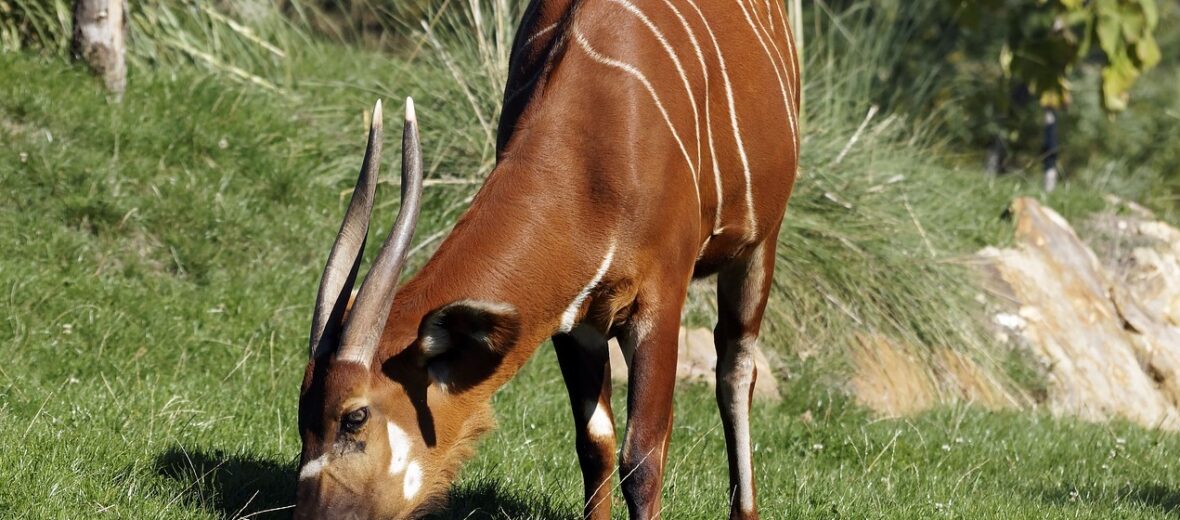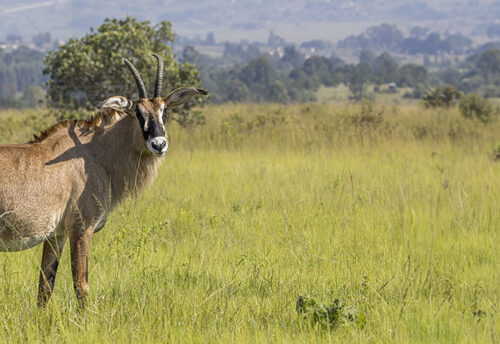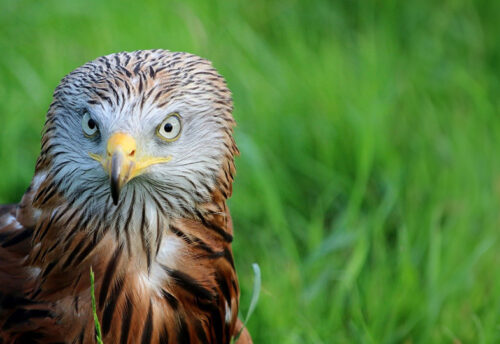
The bongo is the largest and heaviest species of antelope. They also boast some impressive horns. They’re only found in rainforests with a mass of undergrowth across the tropical regions of Africa. They can be found in lowland rainforests of Western Africa as well as the Congo Basin, all the way to the Central African Republic and southern Sudan. The bongo is listed as Near Threatened by the IUCN.
First the Stats…
Scientific name: Tragelaphus eurycerus
Weight: Up to 900 lbs.
Length: Up to 8+ feet
Height: Up to 50 inches (at the shoulder)
Lifespan: Up to 21 years
Now on to the Facts!
1.) There are two subspecies of bongo: lowland (western) and mountain (eastern).
2.) They have spiral horns that reach up to 39 inches in length!
3.) Bongos are nocturnal (active at night).
4.) A bongo will coat themselves in mud which acts as sort of a sun screen as well as cooling them down.
5.) If necessary, the bongo can reach speeds of up to 40+ mph!
But wait, there’s more on the bongo!
6.) Males are solitary however, females live in herds of up to 50 – which includes their young.
7.) The bongo is a herbivore (eats plants) that eats primarily leaves, flowers, twigs, bark, and grass. They have a long, prehensile tongue that they use to strip leaves from plants.
Did you know…?
Sadly, they are a prize target for big-game trophy hunters which has devastated local populations.
8.) Their horns start to develop by 3 – 4 months of age.
9.) Leopards prey on bongos.
10.) They communicate via bleats, grunts, moos, snorts, as well as warning signals and distress calls.
But wait, there’s still more on the bongo!
11.) A group of bongos is called a herd.
12.) Females undergo up to a 9 month gestation (pregnancy) that yields a single calf.
Did you know…?
Indigenous people subscribe to the belief that if they eat or even touch a bongo they will suffer from epileptic seizures. This has aided bongos in their survival against humans.
13.) Weaning take place in up to 6 months.
14.) Bongos have been documented consuming burnt wood after storms or fires. It is presumed that this is to obtain needed minerals and salts.
15.) Even though they are skilled jumpers, these critters prefer to go around and under obstacles, rather than to leap over them.
Now a Short Bongo Video!
Also, check out the Critter Science YouTube channel. Videos added frequently!
Want to suggest a critter for me to write about? Let me know here.



